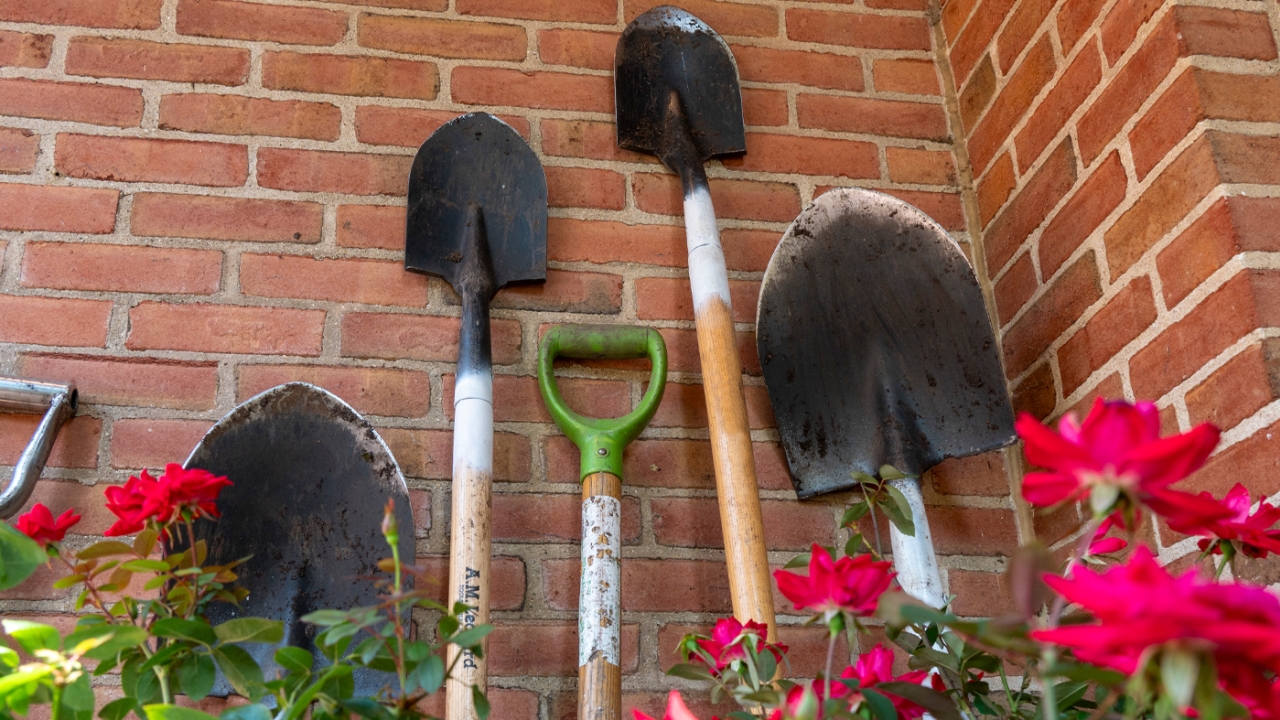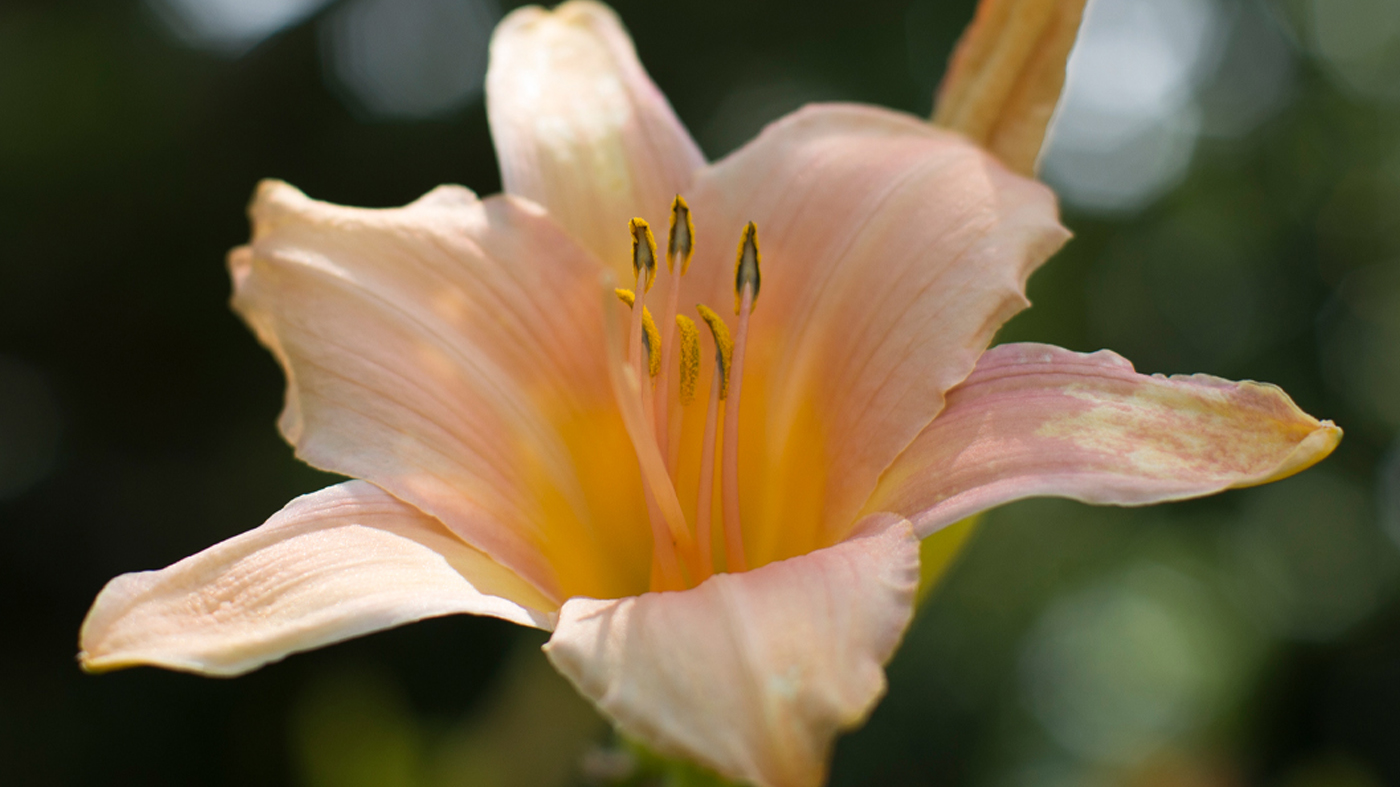

Tips & Techniques
End-of-Season Projects
As summer draws to a close, many gardeners are turning their attention from essential summertime maintenance — watering, weeding, deadheading, and scouting — to end-of-the-season projects that can add beauty to their home landscapes for many seasons to come.

Gardening Alchemy
A wealth of basic ingredients makes late summer the perfect time to start a compost pile that can turn your end-of-the season leaves, spent annuals and perennials, and fruit and vegetable crop remains into gardening gold.
Composting can be as simple as putting all your garden leftovers in a pile behind a shed to slowly decompose, or as involved as mixing more precise recipes in commercial tumblers that accelerate the process. No matter which approach you chose, the natural process of decomposition will provide a nutrient-rich amendment for improving both clay and sandy soils, and will provide homemade organic mulch that will help to suppress weeds, moderate soil temperatures, and conserve soil moisture — benefits which make for happier and healthier plants all year long.
Another important benefit of composting is having less landscape debris transported to landfills, making composting an easy way to green your gardening practices.
Dig and Divide
Late summer into early fall is a good time to dig up and divide perennials that have outgrown their space in your landscape design. This gives plant roots the six weeks or so that they need to re-establish themselves before the challenges of winter arrive.
Have a sun-loving daylily underperforming in shade or a hosta with leaves that scorch in summer sun? Now is also a great time to move perennials that are not growing in ideal conditions, or to install new perennials in prepared beds.
Recent transplants will need supplemental water if season rainfall is less than about 1 inch of water a week. They might also benefit from a blanket of organic mulch over root zones, but avoid problems by being careful not to cover the crowns of plants.
If you find that you have more divisions that you can use in your landscape, consider giving the surplus away to a neighbor.
Soil Smarts
Growing awareness of the problems caused by excess nutrients being added to the environment has many gardeners replacing routine fertilization schedules with an "as needed" approach based on the results of a commercial soil test.
Early fall is an ideal time to have your soil tested. Readings are accurate because soil temperatures are still above 50 degrees, and there is plenty of time to make any recommended changes before the start of the next growing season.
Basic tests usually measure pH (acidity or alkalinity), and the amount of phosphorus, potassium, and organic matter in the soil. Additional tests are available, including some for soils where edible crops are grown. Soil testing agencies provide helpful instructions on how to collect proper samples.
Turf Time
The return of moderate weather makes fall the preferred season for a variety of turf tasks.
Grass will grow quickly again once temperatures become cooler. This more vigorous growth signals it’s a good time to fertilize those lawns that need supplemental nutrition. Wait until mid-September to broadcast an organic or slow-release product that is higher in nitrogen. Chicago area soils are naturally high in phosphorus and potassium, and generally don’t require more.
Lawns with bare spots can be rejuvenated by laying down new sod or by broadcasting new seed over existing turf. Remove all weeds and till down a few inches before scattering a seed mix that is appropriate for the amount of sun or shade the grass will grow in. A light coating of straw will protect seeds from birds, and will help to keep the soil evenly moist for 10 to 14 days.
You can often improve the health and appearance of turf grass growing in heavily compacted soil with core-aeration, a process where plugs of grass and soil are removed. Professional lawn care companies can provide the complete service. Homeowners who welcome the challenge can rent the equipment themselves. But avoid the urge to tidy up afterwards. Leaving plugs on the lawn to decompose is an easy way to nourish the soil.
No matter what time of year it is, try to avoid working on your turf or in garden beds when your soils are quite wet. This is when the risks of causing long-term compaction problems are highest.

